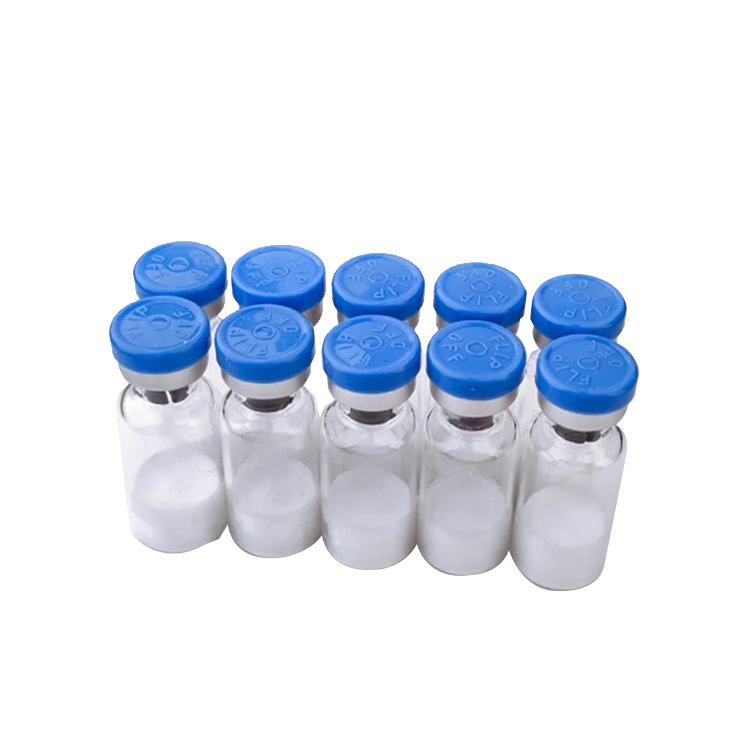On July 5th, the Financial Times online edition said today that factors such as the popularity of PCs, the Internet and mobile devices will promote the development of telemedicine in the next few years. However, the development of telemedicine is also facing some unfavorable factors, such as a doctor's license issue. The following is the full text of the article:

Patient receiving telemedicine services
This year, a German businesswoman suffered from sinusitis in Washington. She searched online and found that a local doctor named Suzanne Doud Galli was good at treating sinusitis. She did not take a bus to Dr. Gary's clinic, but instead received telemedicine services through a smartphone and with the help of an application called HealthTap.
HealthTap "find" Dr. Gary according to the patient's symptoms. Gali prescribes the patient and sends the e-prescribing to a pharmacy near the hotel where the patient lives – all in about 10 minutes.
Gali said, "I think this is the future direction of medical care. Most junior physicians will carry out virtual medical services in the clinic, because patients are not willing to waste time visiting the clinic if they can solve problems through the network."
Telemedicine will usher in great development
Companies such as HealthTap want to take their place in the increasingly competitive telemedicine market. HealthTap has signed up with 100,000 US doctors to serve users in 100 countries and territories around the world.
Telemedicine providers estimate that in the United States, telemedicine can save $200-$700 per patient per visit. For patients, asking a doctor a question starts at $9.99.
Market research firm Parks Associates said that in 2014, the number of video treatments in the United States was 5.7 million, and last year it could reach 16 million. Market research firm Mordor Intelligence said that the global telemedicine market will be $23 million in 2015 and will double in the next six years. Well-known accounting firm Deloitte predicts that the telemedicine market will grow at a compound annual growth rate of 18.5%.
Deloitte said in a survey report that "the popularity of PCs and the Internet, the familiarity of older people with technology, and the mass adoption of mobile devices have made telemedicine possible, which was unimaginable four years ago."
According to Deloitte, the United States and Canada account for about three-quarters of the global telemedicine business in 2014, but telemedicine is rapidly gaining popularity around the world. HealthTap has launched a service in New Zealand. According to Dave Skibinksi, chief executive of SnapMD, a US telemedicine company, the UK is developing three telemedicine networks that use the company's software.
Roy Schoenberg, chief executive of American Wells, a US medical technology company, said the company's first-aid applications were downloaded 2 million times. Customers use American Well proprietary software to make video calls, save electronic medical records, and manage insurance bills. Companies such as American Well and Teladoc provide telemedicine infrastructure to customers in a similar way to Amazon's cloud computing services.
However, as telemedicine providers increase every month, their viability is questioned. For example, Teladoc is the only listed company in the telemedicine sector, and despite signing contracts with dozens of customers in the first quarter, its share price has fallen from $32 after listing last year to $16 in June.
Robert Pearl, CEO of Permanente Medical Group, said that the primary advantage of telemedicine is not to reduce costs, but to "expect opportunities for faster intervention."
Another factor driving the growth of the telemedicine market is that patients in remote areas can easily ask an expert to see a doctor.
Pierre and other industry sources said that about half of the patients in the hospital emergency department can complete a visit through telemedicine. Most emergency rooms appear at night or on weekends, when primary physicians do not go to work. This situation has led to the emergence of “emergency centers†in many cities in the United States, at a price slightly lower than the hospital's emergency clinic.
Human chorionic gonadotropin is a hormone for the maternal recognition of pregnancy produced by trophoblast cells
Human chorionic gonadotropin (HCG) is a glycoprotein secreted by trophoblast cells of the placenta And β dimer proteins. The molecular weight of glycoprotein hormone 36700, A. Pituitary, FSH, follicle stimulating hormone, LH (luteinizing hormone) and TSH (thyroid stimulating hormone) are basically similar, So they can cross-react with each other, while the structure of β subunit is not similar. In mature women, the fertilized ova move to the uterine cavity for implantation and form embryos. In the process of development and growth into the fetus, the placental syncytiotrophoblast cells produce a large amount of HCG, which can be excreted into urine through the blood circulation of pregnant women. Serum and urine HCG levels rise Rapidly from 1 to 2.5 weeks of gestation, reaching a peak at 8 weeks of gestation and dropping to moderate levels at 4 months of gestation, which remain at the end of gestation. At present, the commonly used detection methods are: latex aggregation inhibition test and hemagglutination inhibition test; Radioimmunoassay (RIA); Enzyme linked immunosorbent assay (ELISA); Monoclonal antibody colloidal gold test
Hcg Powder,Custom Ghrp Peptides,High Purity Hcg Powder,Popular Peptide Bodybuilding Powder
Shaanxi YXchuang Biotechnology Co., Ltd , https://www.peptide-nootropics.com